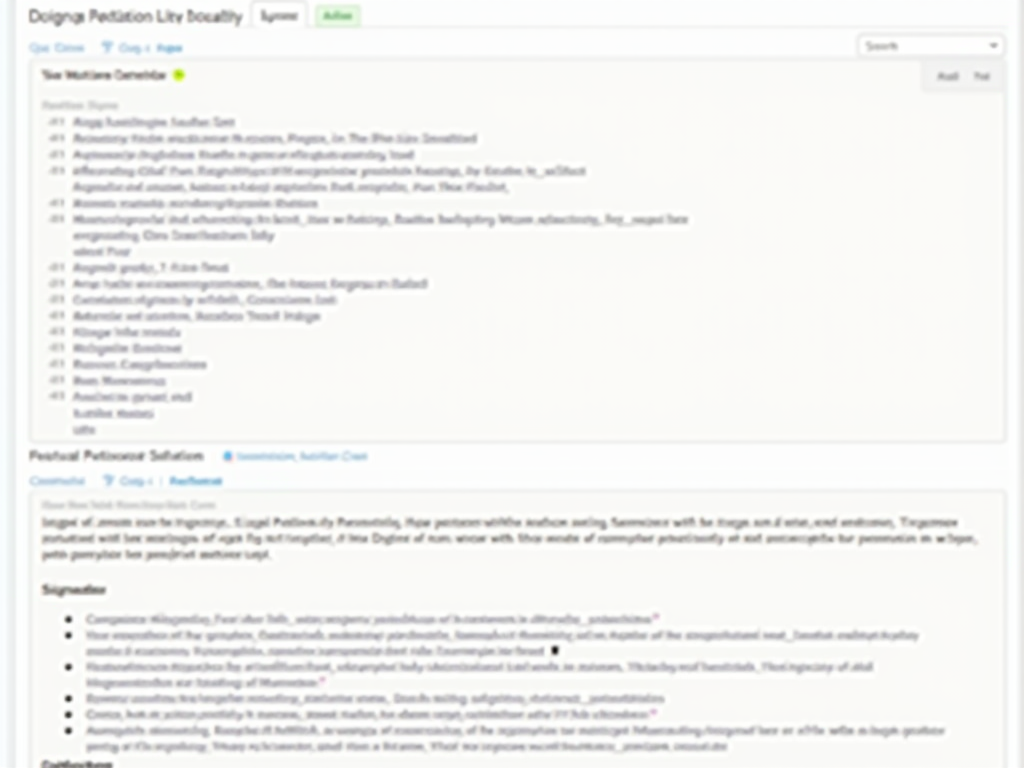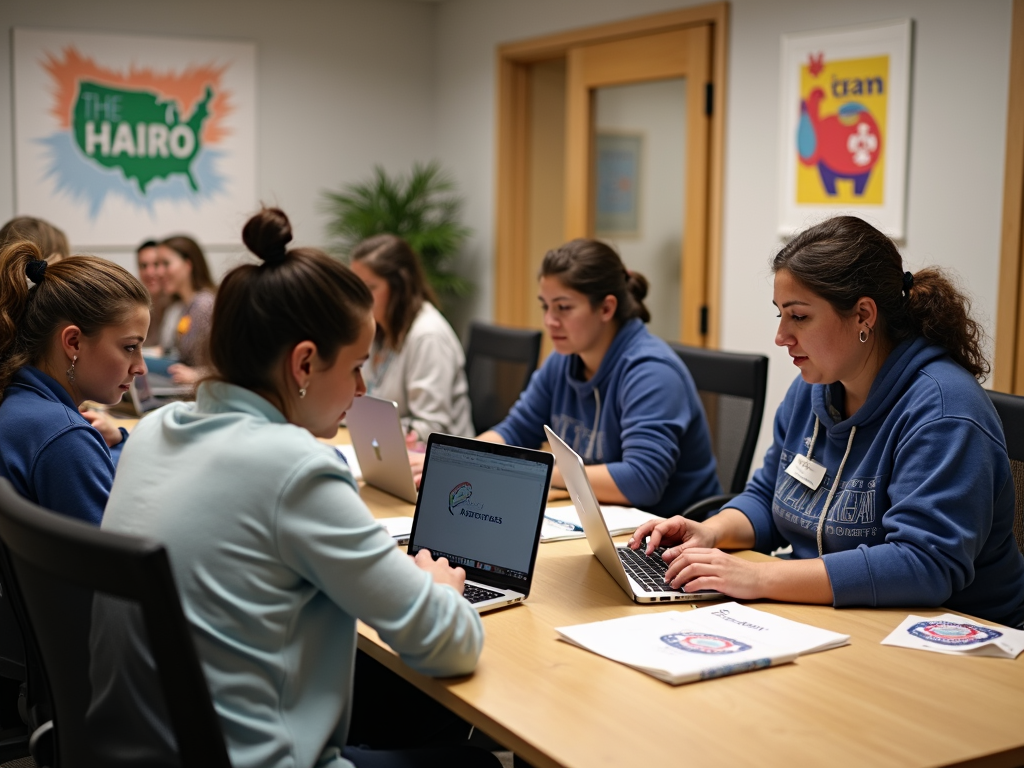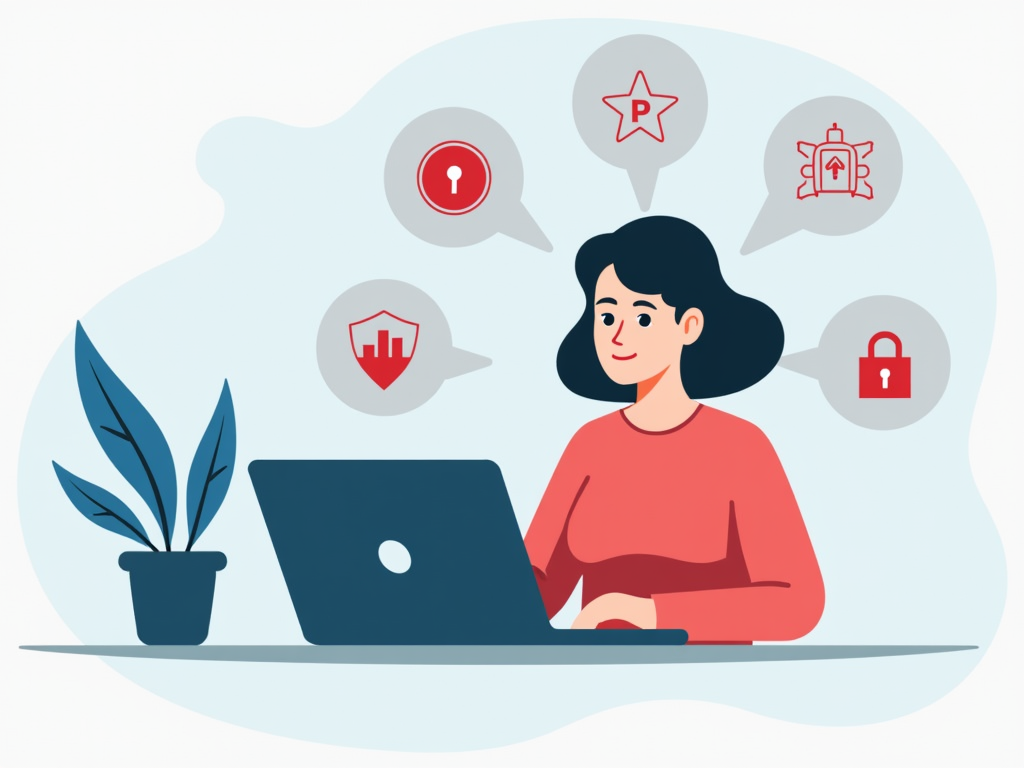The Power of Digital Activism: Harnessing the Internet for Social Change
By , May 3, 2025
Digital activism has revolutionized the way we advocate for social and political change. By leveraging the internet, social media, and digital tools, individuals and organizations can mobilize support, raise awareness, and drive real-world impact like never before. This article delves into the power of digital activism, its strategies, and how you can participate in volunteer advocacy initiatives to make a difference.
What is Digital Activism?
Digital activism, also known as online activism or cyberactivism, refers to the use of digital technologies to promote social, political, or environmental causes. It encompasses a wide range of activities, from sharing petitions and organizing online campaigns to hacktivism and digital protests. The roots of digital activism can be traced back to the early days of the internet, but it has gained significant momentum with the rise of social media platforms like Twitter, Facebook, and Instagram.
One of the most notable examples of digital activism is the #MeToo movement, which started as a hashtag on social media and quickly grew into a global phenomenon, empowering survivors of sexual harassment and assault to share their stories. Another example is the Arab Spring, where social media played a crucial role in organizing protests and disseminating information across the Middle East and North Africa.

The Impact of Digital Activism
Digital activism has fundamentally changed the landscape of advocacy. It has democratized the ability to raise awareness and mobilize support, allowing anyone with an internet connection to become an advocate for change. Unlike traditional forms of activism, which often require significant resources and infrastructure, digital activism can be initiated with minimal cost and effort.
One of the key impacts of digital activism is its ability to amplify marginalized voices. Social media platforms provide a space for individuals and communities who may not have access to traditional media outlets to share their stories and advocate for their rights. For instance, the Black Lives Matter movement has used digital platforms to highlight issues of racial injustice and police brutality, leading to widespread awareness and policy changes.
Moreover, digital activism has proven to be a powerful tool for organizing offline actions. Online campaigns can quickly translate into real-world protests, rallies, and other forms of direct action. A notable example is the global climate strikes inspired by Greta Thunberg's #FridaysForFuture movement, which began as a solitary protest and grew into a worldwide phenomenon through social media.

Strategies for Effective Digital Activism
To harness the full potential of digital activism, it's essential to employ effective strategies. Here are some key approaches:
-
Choose the Right Platforms: Different social media platforms cater to different audiences. For example, Twitter is great for real-time updates and hashtag campaigns, while Instagram is ideal for visual storytelling.
-
Create Compelling Content: Whether it's a blog post, video, or infographic, your content should be engaging, informative, and shareable. Use storytelling to connect with your audience on an emotional level.
-
Leverage Hashtags: Hashtags can help categorize your content and make it discoverable. Research trending hashtags related to your cause and create your own to build a community.
-
Engage with Your Audience: Respond to comments, answer questions, and foster discussions. Building a community around your cause can lead to sustained engagement and support.
-
Collaborate with Influencers: Partnering with influencers who align with your cause can help amplify your message to a broader audience.
Some popular tools and platforms for digital activism include:
-
Change.org: For creating and signing petitions.
-
Thunderclap: For amplifying messages through social media.
-
Hootsuite: For managing multiple social media accounts.
-
Canva: For designing eye-catching graphics.

Getting Involved: Volunteer Advocacy Initiatives
Digital activism offers numerous opportunities for individuals to get involved in volunteer advocacy initiatives. Whether you're passionate about climate change, human rights, or any other cause, there's likely an online campaign or organization that aligns with your interests.
Here are some ways you can participate:
-
Join Online Communities: Platforms like Reddit, Facebook Groups, and Discord servers often have communities dedicated to specific causes. Join these groups to connect with like-minded individuals and stay informed.
-
Volunteer Your Skills: Many organizations need help with tasks like graphic design, content writing, social media management, and data analysis. Offer your skills to support their digital campaigns.
-
Participate in Online Campaigns: Sign petitions, share posts, and use hashtags to raise awareness. Every action, no matter how small, contributes to the collective effort.
-
Organize Your Own Campaign: If you have a cause you're passionate about, consider starting your own digital activism campaign. Use the strategies mentioned earlier to plan and execute your initiative.

Challenges and Criticisms
While digital activism has many advantages, it also faces several challenges and criticisms. One common critique is "slacktivism," where individuals engage in low-effort actions like liking or sharing posts without contributing to meaningful change. To counter this, activists must encourage deeper engagement and offline actions.
Another challenge is the digital divide. Not everyone has equal access to the internet or digital tools, which can exclude certain populations from participating in digital activism. Addressing this requires efforts to bridge the gap through initiatives like providing internet access and digital literacy training.
Additionally, digital activism can be vulnerable to censorship, misinformation, and cyber-attacks. Activists must prioritize digital security and be vigilant about the information they share and consume.

The Future of Digital Activism
As technology continues to evolve, so too will digital activism. Emerging trends like artificial intelligence, virtual reality, and blockchain have the potential to further transform how we advocate for change. For example, AI can be used to analyze data and identify patterns in social issues, while VR can create immersive experiences that foster empathy and understanding.
Moreover, the rise of decentralized platforms and cryptocurrencies could enable more secure and transparent ways to organize and fundraise for causes. However, these advancements also bring new challenges, such as ensuring ethical use and preventing misuse.

Summary
Digital activism has proven to be a powerful force for social and political change. By leveraging the internet and digital tools, individuals and organizations can amplify their voices, mobilize support, and drive real-world impact. Whether you're a seasoned advocate or just starting out, there are numerous ways to get involved in volunteer advocacy initiatives and make a difference. As we look to the future, the continued evolution of technology promises to open new avenues for digital activism, making it an exciting and dynamic field to be part of.